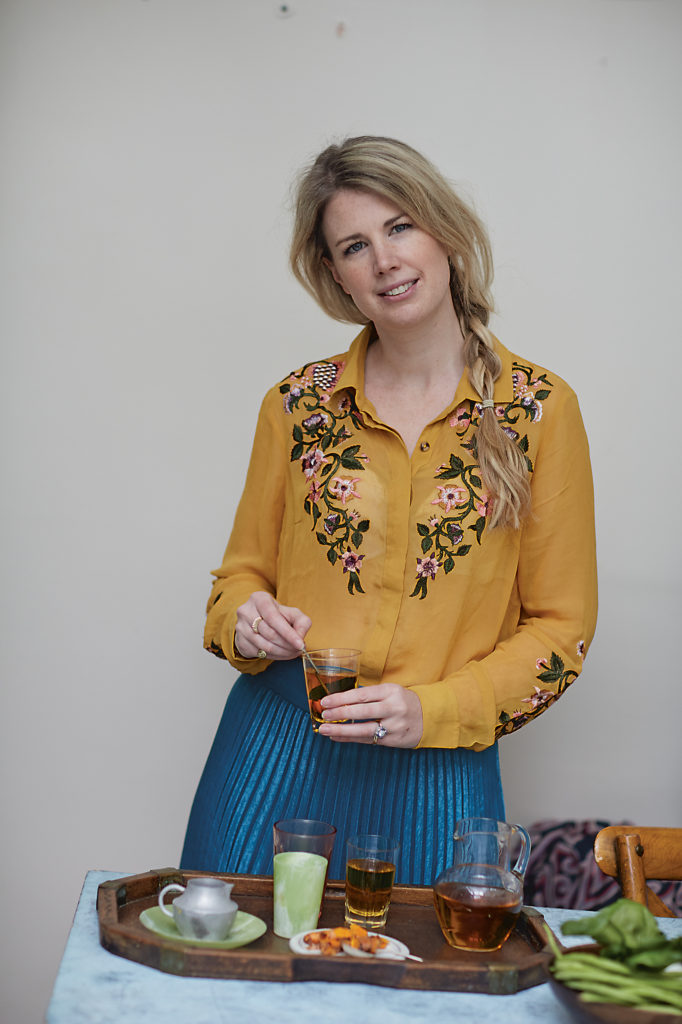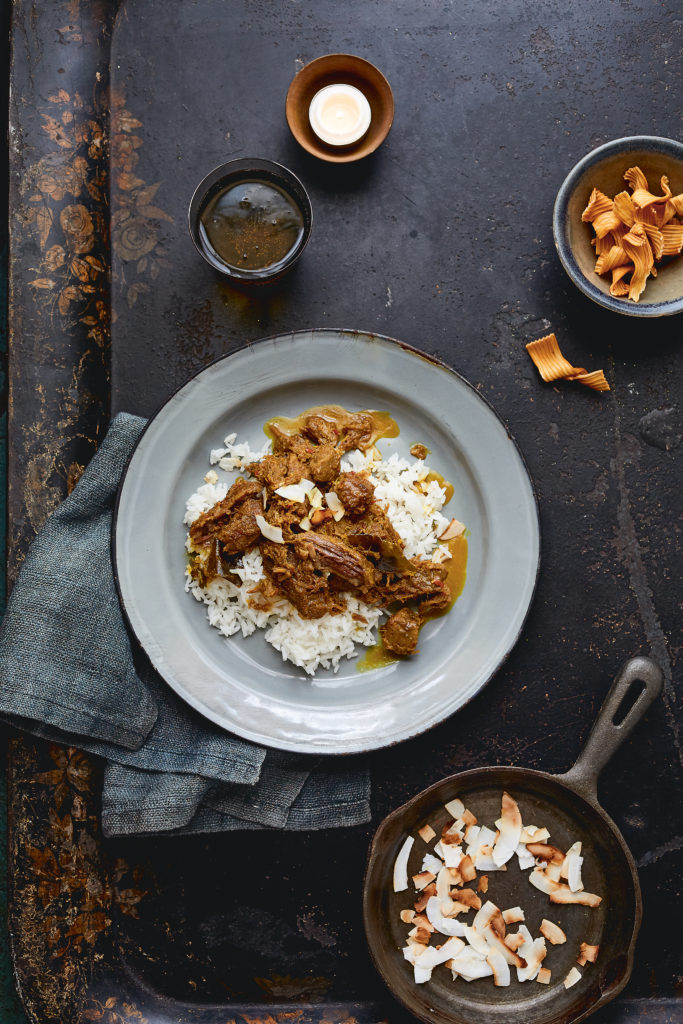Indonesian Beef Rendang for Modern Kitchens
There’s a reason why you don’t see many Indonesian restaurants outside the country, says award-winning author Eleanor Ford. The country has so many islands there’s a big enough cross-cultural market! Eleanor shares this and many other insights into Indonesia’s rich food scene on Travel Writers Radio.

Making authentic Indonesian recipes work in modern, more western-style kitchens has been a labour of love for Eleanor Ford. Her new book Fire Islands from Murdoch Books is a wonderful collection of stories, insights into Indonesian culinary life and recipes taken from local kitchens that she has adapted to work in her British kitchen. No small task! Here is her Beef Rendang recipe from Fire Islands:
Beef Rendang

“It is perhaps the Sumatran specialty of rendang that has captured the world’s attention more than any other Indonesian dish. There is something compelling about the beef with its dark caramelised crust and tender inside suffused with gentle spice. What makes it unique is that the cooking passes from braising to frying in the same pan, like a casserole made backwards. As the coconut milk slowly reduces, the beef starts to sizzle in the coconut oil left behind. You are left with the most unctuous meat, slicked with just a little intensely flavoured sauce.
Serves 4–6
800 ml (3¼ cups) full-fat coconut milk
900 g (2 lb) beef brisket or chuck steak, cut into bite-sized pieces
1 tablespoon dark palm sugar (gula jawa), shaved
2 teaspoons salt
2 lime leaves
2 turmeric leaves (optional)
1 lemongrass stick, trimmed, bruised and tied in a knot
1 cinnamon stick
Bumbu spice paste
8 small red Asian shallots, peeled
5 large red chillies, seeded
4 garlic cloves, peeled
2.5 cm (1 inch) galangal, skin scrubbed
2.5 cm (1 inch) ginger, peeled
2.5 cm (1 inch) turmeric, peeled, or 1 teaspoon ground turmeric
½ nutmeg, grated
pinch of ground cloves
Roughly chop all the ingredients for the bumbu and whizz to a paste in a food processor. Add a good splash of the coconut milk to help the blades do their work. Once smooth, transfer to a large wok or large, shallow casserole pan.
Add all the other ingredients to the wok, making sure there is enough liquid to submerge the meat – add a splash of water if needed. Bring to the boil, stirring to stop the coconut milk splitting. Lower the heat and cook at a slow-medium bubble, more lively than a simmer as the liquid needs to reduce. Cook uncovered for about 2 hours, stirring from time to time. The meat should be tender, most of the liquid evaporated and the oil will have separated from the coconut milk. Remove the lemongrass and cinnamon.
At this stage, the meat and spices that have been braising will start to fry in the hot oil. This is called ‘tempering’ and needs to be done with care. For about 10 minutes, you will need to stir gently but frequently over a medium heat until the coconut oil becomes thick and brown. The stir-frying then needs to be continuous for the final 15 minutes or so, until the oil has been absorbed by the meat, which will be a dark chocolaty brown.
Leave to rest for half an hour or more before serving at room temperature. Rendang keeps well in the fridge and the flavours only improve with age.”
Listen to the interview with Eleanor Ford here:
Recipe and images courtesy of Murdoch Books.



